Despite Trump's efforts, Cuba continues to emerge as a prime tourist destination
The US president may have rolled back Obama’s initiatives to thaw relations, but the island continues to make waves. In fact, says Oliver Bennett, it’s hosting more visitors than ever
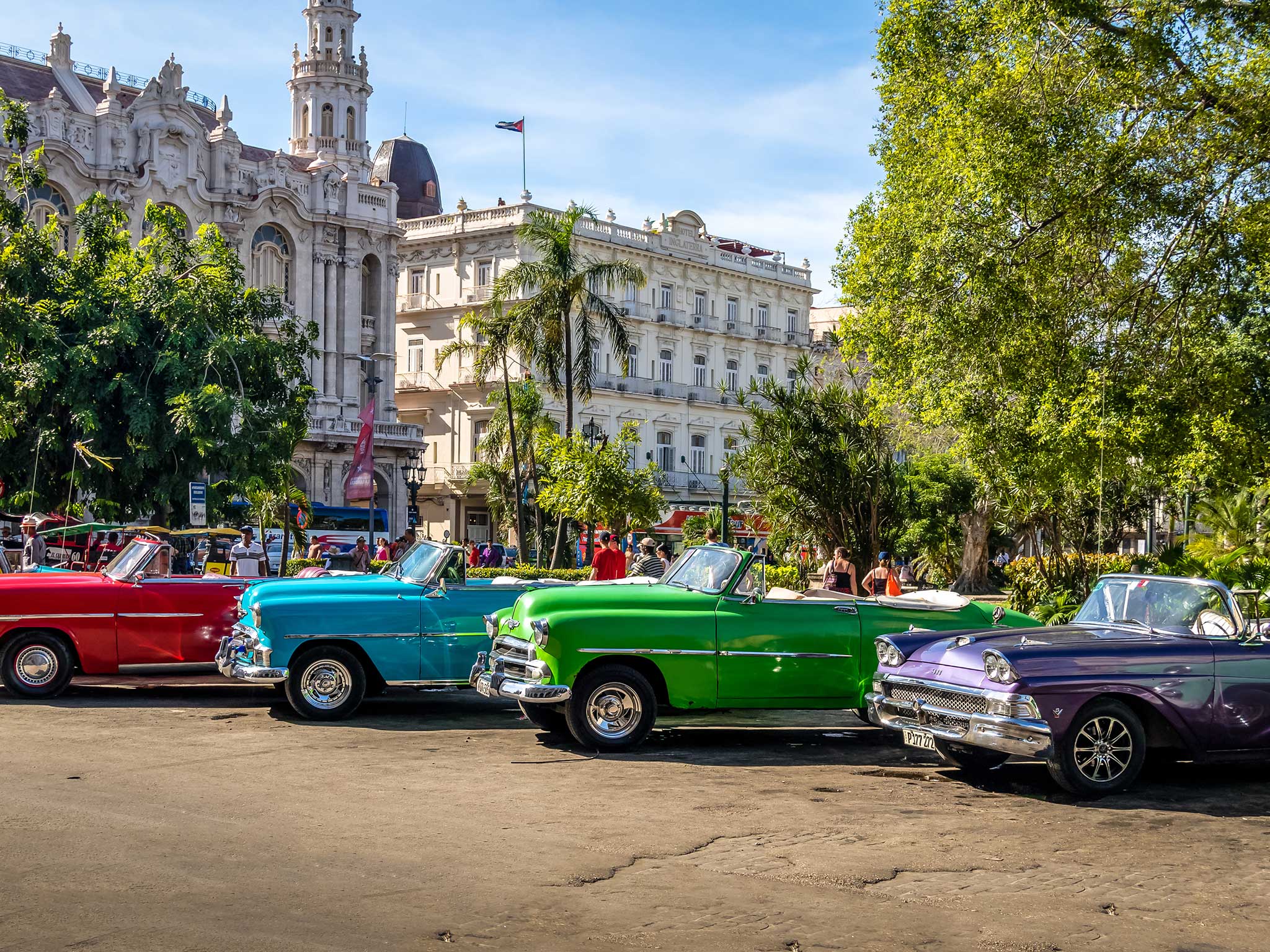
Your support helps us to tell the story
From reproductive rights to climate change to Big Tech, The Independent is on the ground when the story is developing. Whether it's investigating the financials of Elon Musk's pro-Trump PAC or producing our latest documentary, 'The A Word', which shines a light on the American women fighting for reproductive rights, we know how important it is to parse out the facts from the messaging.
At such a critical moment in US history, we need reporters on the ground. Your donation allows us to keep sending journalists to speak to both sides of the story.
The Independent is trusted by Americans across the entire political spectrum. And unlike many other quality news outlets, we choose not to lock Americans out of our reporting and analysis with paywalls. We believe quality journalism should be available to everyone, paid for by those who can afford it.
Your support makes all the difference.The town of Remedios, in the Villa Clara district of central Cuba, is a pleasing blast of reds, yellows and teals – all the psychedelic stucco an eye can take.
And these ravishing single-storey terraces and squares, many built in the 18th and 19th centuries and arranged around two historic churches, are debutantes emerging into a new world of global tourism – just as Montepulciano or Saint-Tropez were in the post-war era. For Cuba, known for its insularity and glacial rate of change, is inviting the world to visit and see its charm (with the notable exception of the US).
While hardly a new political broom, new president Miguel Diaz-Canel, 58, is breaking the Castro line and was installed in April in time to preside over the 60th anniversary of the revolution, and the 500th anniversary of Havana: both expected to grease the tourist pipeline next year.
Cuba hosted more than five million tourists last year, up over 20 per cent from 2014, and visitors are the biggest game in town when it comes to decreasing isolation and getting the island economy on track.
Diaz-Canel’s speeches may still be punctuated with the old Castro saw, “socialism or death”, but he’s also promised “the modernisation of our social and economic model”.
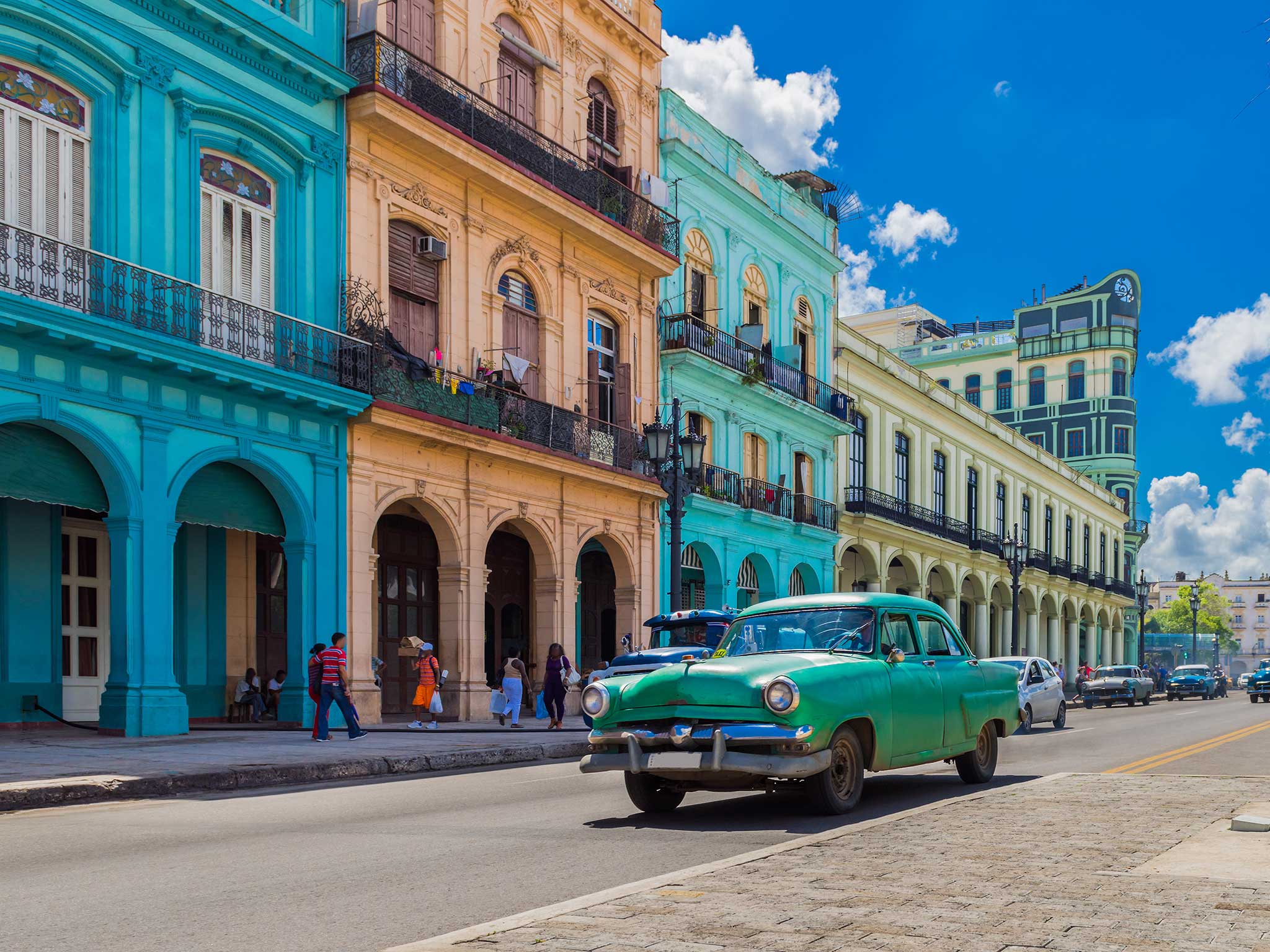
The Cuban government wants Britons to come. Since President Trump rolled back Obama’s 2014 initiatives to thaw relations with Cuba, the yanqui influx has abated – not that it was as large as had been expected in the Obama years.
There has been a small dip, but instead Cuba has been reaching out elsewhere, and fears that Americans would turn the island into an outpost of Miami full of whooping spring-breakers have died down – albeit to be replaced by Canadians, Europeans and Chinese camera-toters.
At a reception in the growing Cayo Santa Maria resort, over cheese cubes studded with union flags, the UK’s man in Cuba, Nigel Baker, takes the diplomatic floor with talk of “a new era of bilateral relations”.
“We have 200,000 British people coming a year at the moment,” he says. “We’re the fourth biggest group of visitors already, and the aim is to draw 500,000 British tourists a year. The government may not agree with the Cuban government politically, but we have a good relationship.”
The British have been in Cuba before: in Havana for eight months in 1762, as an outpost of the Seven Years’ War. This time doublets and muskets have been displaced by speedos and flip flops, and the key target is the Cayo Santa Maria: a peninsula in the mid-north of Cuba where bristly mangrove swamps and windswept beaches have been painstakingly engineered into a magical wonderland of all-inclusive hotels and newly-unwrapped simulations of the colonial Cuban world (with limited access for Cubans, it must still be noted).
It outstrips Varadero, the established beach area near Havana – although here they await UK developer London and Regional’s Carbonera Club: 1,000 Conran-designed residences arranged around a golf course and beach accommodation.
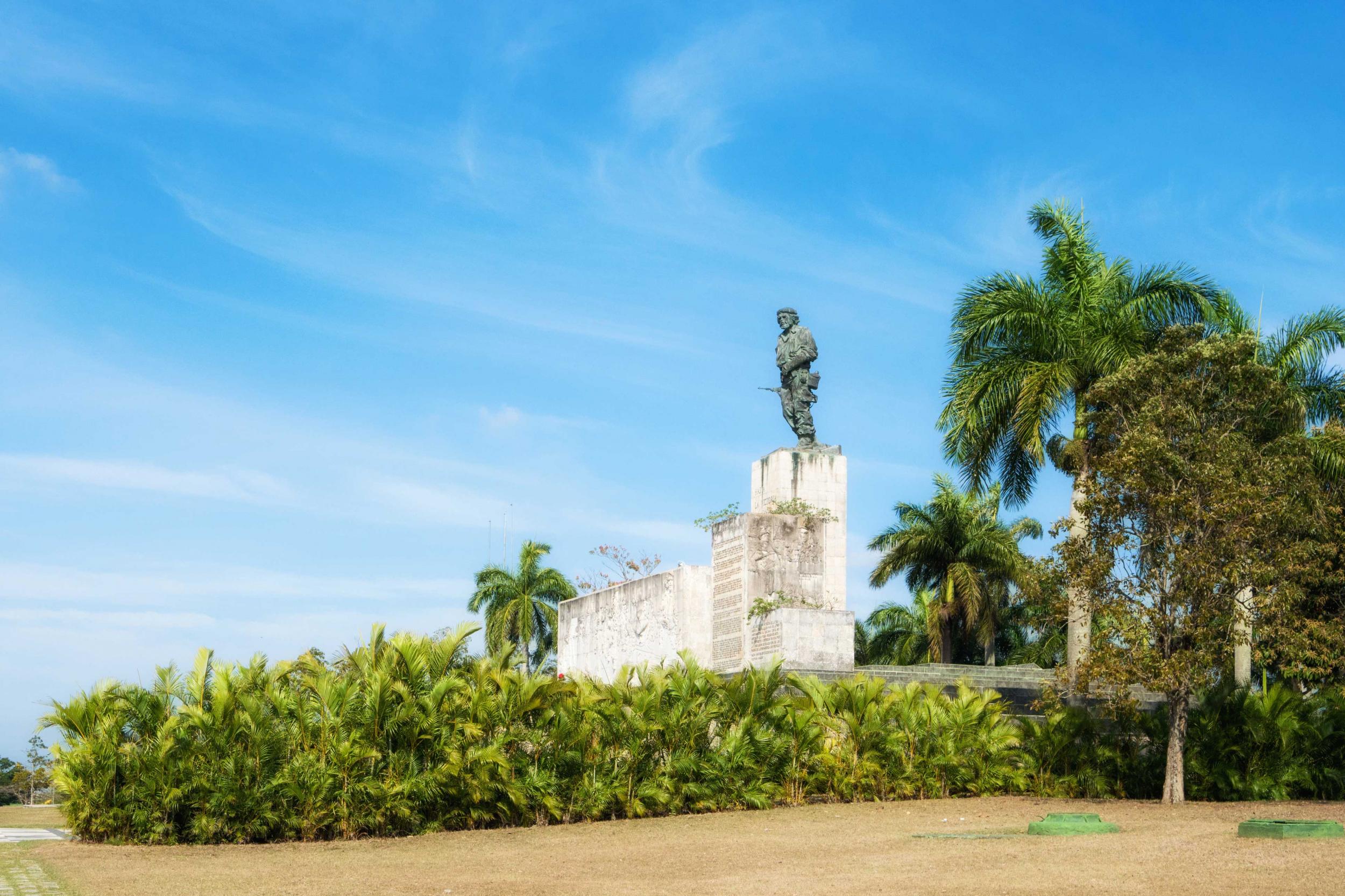
Back over the causeway from the Cayo to the Villa Clara mainland, the real Cuba starts, with its intoxicating and sparse traffic of vintage Cadillacs, distressed Ladas and horses and carts framed against fields of cattle, palms and sugar cane. But here, too – despite the picturesque dereliction in many places – tourism is also developing at knots.
In Cuba’s fifth-biggest city, Santa Clara (capital of the Villa Clara province) where in December 1958 Che Guevara cemented the revolution by blasting Fulgencio Batista’s train, you’ll find Che’s astonishingly pietistic shrine and the dramatic memorial to the blast itself – complete with a sculpture of the “explosion” rendered in concrete.
After taking in these sepulchral sights, the new visitor repairs to new hotels like the Floreale and Florida, or to Santa Clara’s 300-plus Airbnb listings.
At nearby Remedios, tourism is galloping ahead. “In 2014 there was only one hotel and a few backpackers,” a Cuban tourism official says to me. Now the glossy interventions include the grand hotels Bauza and Leyendas, arranged around a huge and elegant square fringed with Barbie-pink restaurants, bars and vendors of gimcrack souvenirs.
The town of Sagua La Grande is more crumbling yet, but at the biting point of mass tourism, with new hotels including the Sagua and the Palacio Arenas. Only the restrictive state WiFi – accessed by scratchcard – is holding this package back.
***
The capital Havana, meanwhile, is poised to become a Venice or Paris of the near future: a must-see historic honeypot. With four new five-star hotels under construction, including The Prado y Malecon and the Hotel Packard Gran Hotel Metropolitano – erected, somewhat controversially, with a foreign workforce – a paucity of luxury accommodation is being urgently addressed.
The view from the new Gran Hotel Kempinski, Havana, is a particular sensation: a rooftop infinity pool atop an old arcade from where you can turn to see a 360 panorama of old Havana, the island’s Unesco-listed chef d’oeuvre.
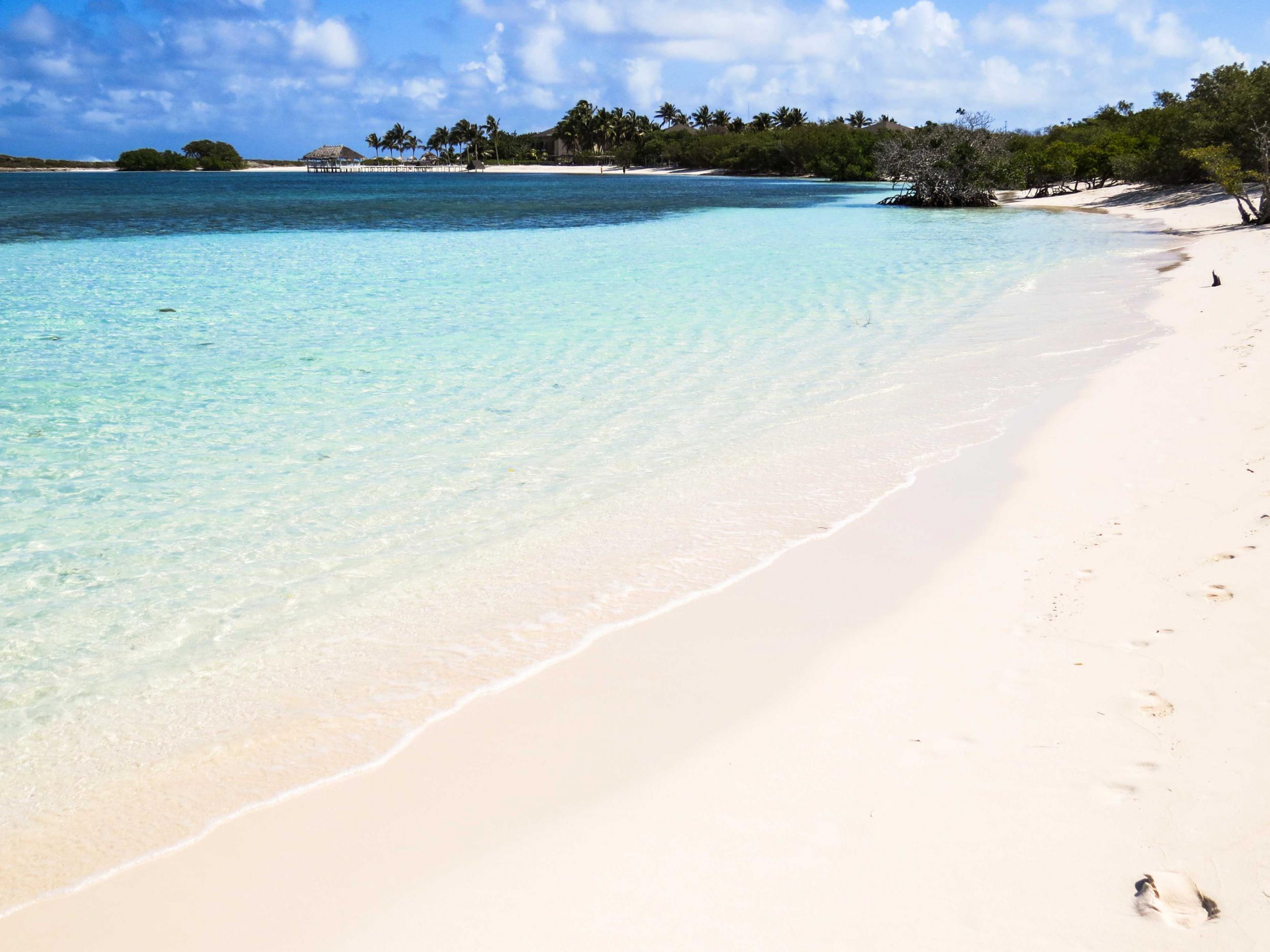
Both in the historic centre and along the Malecon, the sea-wall that draws a concrete curve between the city and the sea, edifices large and small are sprouting, hoping to open for the anniversary year of the city known in the pre-war era as the “Paris of the Caribbean”.
Does this all mean that Cuba is joining the international marketplace? Not quite. The hotels are joint enterprises: often 51 per cent Cuban-owned to keep them in majority state ownership: an update from the earlier model where the state owned all the hotels and fed profits back into restoration.
But there’s definitely a move to a mixed economy, and a new wave of cruise-ships (not subject to Trump’s embargo) adds a controversial seaborne kicker.
The private property market, meanwhile, is making stop-start progress. Cuba first allowed citizens to be self-employed in 1992, but it wasn’t until 2011 that Cuba legalised property sales.
By 2014, a market worth over $1bn (£7.6m) had grown, particularly driven by returning Cubans and supported by websites such as detrasdelafachada.com, revolico.com and espaciocuba.com, where one can still find lots of residential listings.
“Returning Cubans are a substantial factor in demand,” says Philip Peters, president of the Cuba Research Centre in Virginia, US. “Last year more than 11,000 Cubans re-established their legal residency in Cuba, some to put down roots with the money they earned abroad, others to make a domicile.”
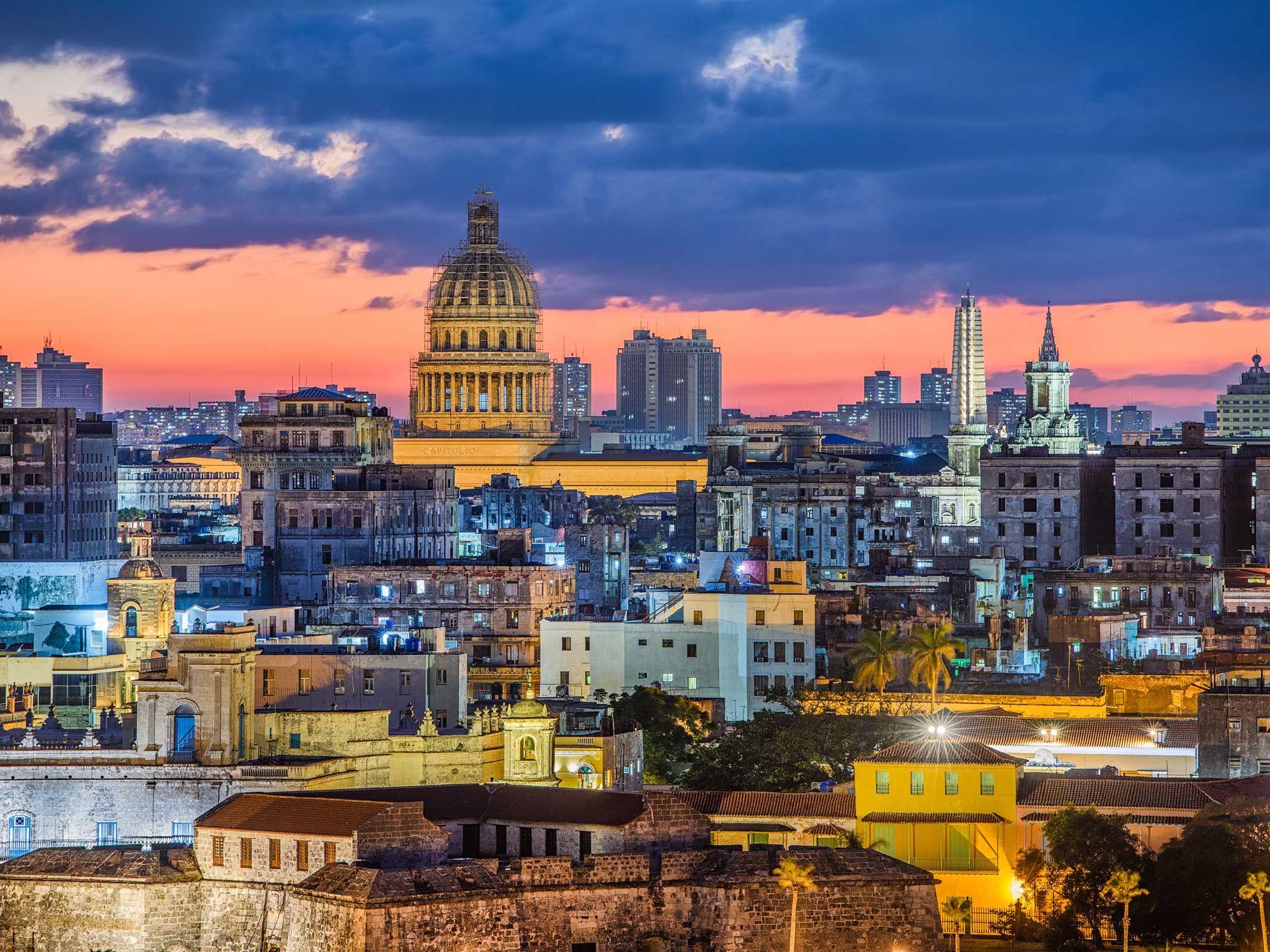
And thousands of foreigners have property interests in Cuba via friends and relations – although anyone interested should beware that it remains a minefield of proxy ownership and bureaucracy.
Tanja Buwalda, who works for In Cloud 9 in Cuba, one of a small handful of British companies on the island, says that the 2014 spike has receded, as the risks are so high. “It seems very attractive because a flat in a great area can be about 50,000 CUX (£38,000),” says Buwalda, who is married to a Cuban.
“If you’re looking to get a large B&B or a paladar [restaurant] to gut and refurbish, it could only be 100,000 CUK (£70,000).”
But while she knows lots of foreigners who have invested in apartments in top Havana districts like Vedado, Playa and Miramar, caution still applies.
“Your relationship with the Cuban could go wrong or the government could freeze all sales,” she says. “So home ownership hasn’t been the tidal wave that was expected. But perhaps that is a good thing.”
There is still time for purists to experience Cuba before it is “ruined” by commercialism. Trump and the Helms-Burton Act – a controversial old statute that authorises the US legal system to recover damages related to confiscated property in Cuba – is helping to push Cuba even further towards Europe, a fraternisation helped by last year’s historic Political Dialogue and Cooperation Agreement between the European Union and Cuba.
“We Europeans are tied to Cuba, Latin America and the Caribbean by a shared history, culture, values, and aspirations for the present and the future,” says the EU’s Federica Mogherini.
And as the US pushes the Old World pulls, with a new generation looking east rather than north. “Cubans would love to see the world,” says Buwalda. “But these days, they want to go to Europe – not the US.”
Oliver Bennett visited Cuba for the FitCuba Fair, as a guest of travel2cuba.co.uk and cubatravel.cu
Join our commenting forum
Join thought-provoking conversations, follow other Independent readers and see their replies
Comments